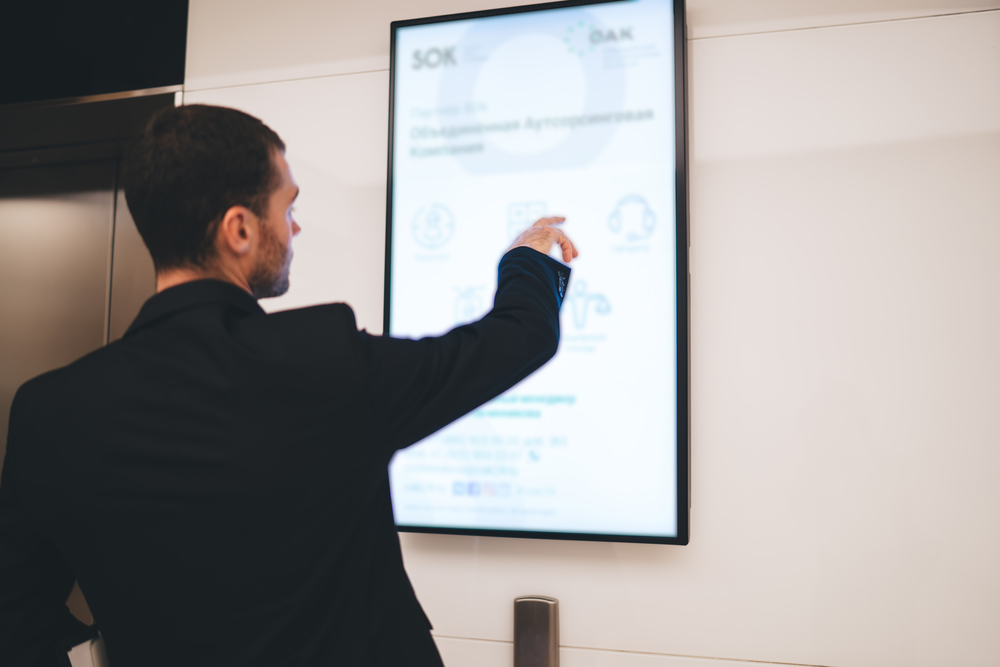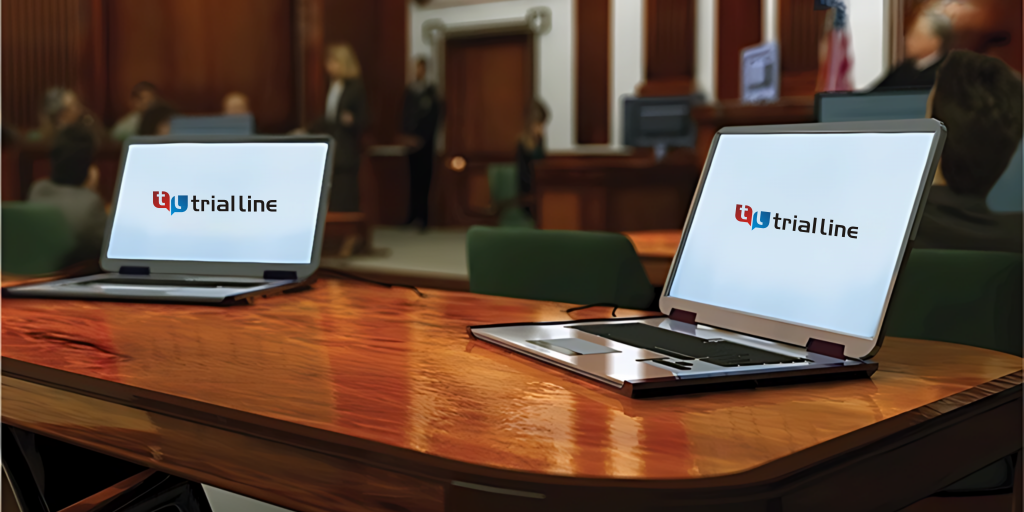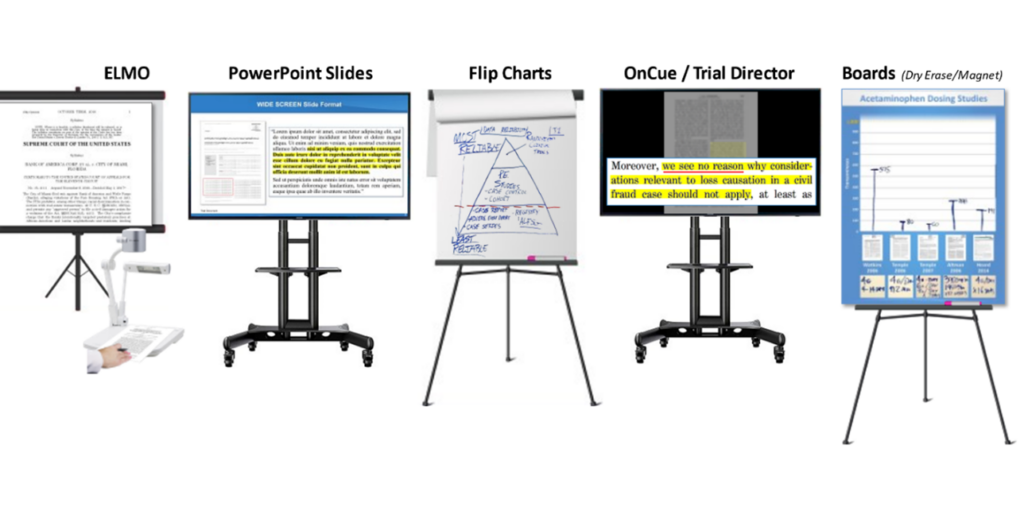How Test Presentations Enhance Your Debate and Encourage Jurors
Test presentations serve as a pivotal mechanism for boosting lawful disagreements and convincing jurors. By integrating aesthetic help, narrative structures, and emotional engagement, lawyers can produce a compelling case that reverberates on several levels. The strategic usage of visuals not just clears up complex details however also captures jurors' focus better than words alone. The art of storytelling plays a just as vital role in changing factual proof into an engaging narrative, forming jurors' understandings. Understanding these components can considerably influence trial end results, increasing the question of exactly how each component adds to this intricate dynamic.

Value of Visual Help
Visual help play an important role in boosting the efficiency of test presentations, as they can significantly boost audience involvement and retention of information. In the context of a test, where jurors are entrusted with handling complex information, visual help serve to simplify and clarify bottom lines. Graphes, graphs, and images can communicate information and ideas that might otherwise bewilder or confuse jurors, permitting a more uncomplicated understanding of the evidence provided.
Moreover, aesthetic aids aid in preserving juror focus throughout the proceedings. By breaking the uniformity of verbal statement, these devices can stress vital debates, making them much more unforgettable. Reliable visual aids can likewise stimulate emotional reactions, which can be crucial in persuading jurors to align with the speaker's story.

Crafting Compelling Narratives
An engaging story is important in trial discussions, as it functions as the backbone of efficient persuasion. It enables lawyers to weave together facts, evidence, and psychological components right into a coherent story that resonates with jurors. This narrative framework makes it possible for jurors to recognize the complexities of the case while assisting them via the lawyer's debate.
To craft an engaging story, lawyers ought to focus on clarity and coherence. Additionally, the usage of dazzling summaries can produce mental images that help jurors visualize the occasions, making the story much more unforgettable.
Furthermore, integrating key motifs throughout the discussion strengthens the core message and aids in retention - trial presentations. The narrative needs to not just convey info but additionally stimulate a sense of justice, highlighting the stakes entailed. Eventually, a well-constructed narrative cultivates a connection between the jurors and the instance, positioning the attorney's debate as both credible have a peek at this website and engaging, thus increasing the chance of a positive verdict

Involving the Jury Psychologically
Efficient court engagement pivots on the attorney's capability to connect with jurors on an emotional degree. This connection can dramatically impact jurors' assumptions and their ultimate decision-making. Using sob stories permits attorneys to humanize the situation, changing abstract lawful principles right into relatable experiences. By offering real-life stories or endorsements, attorneys can evoke compassion and compassion, promoting a much deeper understanding of the issues at stake.
Visual help, such as pictures or videos, can additionally boost psychological engagement, offering jurors with brilliant depictions of the instance's human elements. Crafting a narrative that highlights the struggles and victories of the individuals included makes certain that jurors see past the lawful arguments and recognize the human consequences of their decisions.
Additionally, tone and body movement play a critical role in conveying emotion. An attorney's passionate delivery can resonate with jurors, reinforcing their emotional financial investment in case. It's vital to balance sob stories with factual proof, ensuring that jurors feel compelled to act while remaining grounded in the fact. Inevitably, a psychologically involved court is most likely to be convinced, making emotional link an essential part of efficient trial presentations.
Structuring Your Presentation

The body of the discussion ought to be logically fractional into vital points, each sustained by compelling proof. It is useful to make use of storytelling strategies to weave truths right into a narrative that jurors can conveniently comply with. Aesthetic aids, such as graphes and videos, can boost comprehension and interaction, helping to highlight important pieces of evidence.
Real-World Study
Examining real-world study offers invaluable understandings right into the art of trial discussions and persuasion. The landmark situation of "O.J. Simpson v. The Individuals of The golden state" illustrates exactly how aesthetic aids and engaging stories can sway jury understandings. The protection team efficiently utilized an approach that combined prominent specialist testimonies with Learn More Here multimedia presentations, which mesmerized jurors and inevitably influenced their decision.
Another noteworthy example is the "McDonald's Coffee Situation," where the plaintiff's lawyers made use of graphic images of the injuries endured by Stella Liebeck. trial presentations. review This raw aesthetic evidence played a vital role in sharing the intensity of her burns, bring about a significant jury honor. Such instances demonstrate that impactful test discussions frequently rest on the effective assimilation of visuals and narration to stimulate emotional responses from jurors
Moreover, the "Casey Anthony Test" highlighted the value of narrative comprehensibility and credibility. The prosecution's failure to develop an engaging timeline lessened their influential power, highlighting the necessity of a well-structured discussion. Assessing these situations reveals that successful test presentations require critical planning, emotional involvement, and the capacity to resonate with jurors' worths and ideas.
Conclusion
Test presentations significantly boost disagreements and persuade jurors via the tactical use aesthetic aids, engaging narratives, and psychological engagement. By streamlining complex details and promoting links with the audience, these components produce a remarkable and impactful experience. A well-structured presentation equilibriums emotional allures with accurate proof, ultimately reverberating with jurors' values. The combination of these techniques not only affects decision-making but additionally emphasizes the significance of reliable communication in the court.